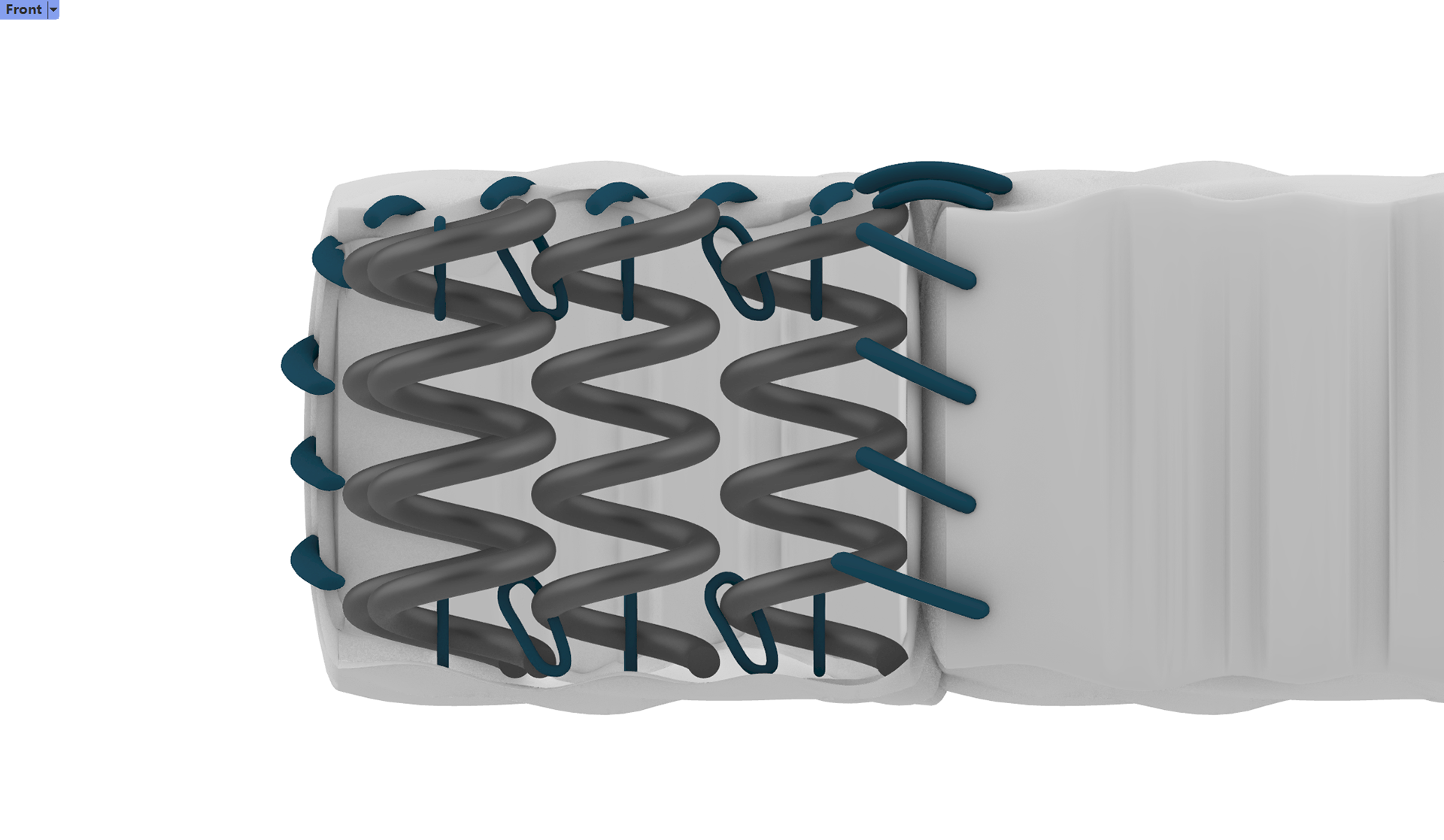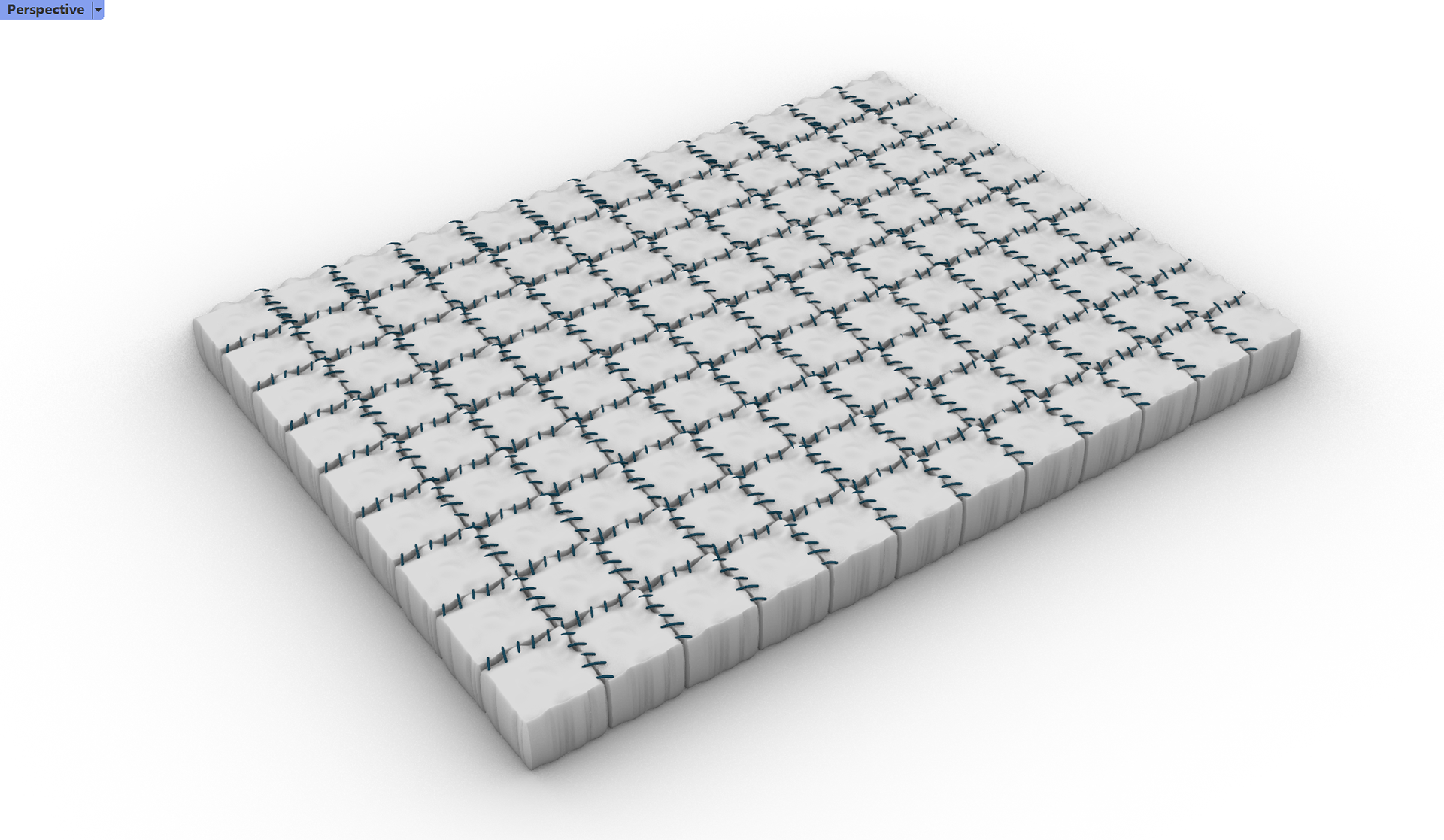This collaborative project was done during my MA. My team worked with the Swedish furniture company Scapa to design a sustainable bed. Two of Scapa’s more popular bed models; the continental bed, and the classic (Scandinavian) bed are being discussed in regards to sustainability, and what the end-user wants. For this project, the client is Scapa, however, they are not the end user, they are the consumers who buy Scapa’s beds from furniture stores. By exploring the end users’ insight, we were able to validate that the bed we have designed is sustainable and meets the end users’ perception of what a sustainable bed means.
The questions that were asked are about the assembly and disassembly of beds, separating and recycling parts of the bed; with focus on the mattress. Respondents were asked about different recycling methods for the end-of-life segment of the mattress’s life cycle, and about their thoughts on using natural materials. Materials that are currently being used to make the beds were analysed to discover better ways for putting beds together, whether it be to eliminate a material altogether and/or find more efficient ways to use them. This project with Shiyi Jin (designer) and Vera Vergeer (business).
Natural Materials
The environment in which we sleep contributes to quality of sleep, and it includes everything from the room we are into the bed we are in. We spend a third of our lives in bed, and the environment is often overlooked. According to The Sleep Charity, there is an importance to what the room temperature should be, the ideal for most people is approximately 18˚C, and younger children and elderly people need a warmer sleeping environment, as warm as 23˚C. Temperature impacts sleep, and rapid eye movement. Furniture manufacturers are starting to investigate materials that avoid a polyester blend, or at all. Naturally, we sweat in our sleep and the sleep environment can influence how much we sweat.
When we are in bed that is where our skin is exposed to fabric the most, therefore it is important to have the best environment possible to take care of it. The best quality fabric is what is most natural and best for our bodies. Natural fabrics such as wool and cotton also dispose naturally.

Classic (Scandinavian) Bed rendering by Shiyi Jin

Continental Bed rendering by Shiyi Jin
Classic (Scandinavian) Bed
The classic bed is the most sustainable, made up of a bed frame and mattress. The top part of the sketch represents a cover that goes over the mattress and frame together. The blue lines represent velcro, an alternative way to attach different components of the bed, eliminating the use of glue for sustainability.
Continental
The continental bed is the less sustainable type, made up of a mattress, a second mattress (drawn in a hollow way in te sketch), and a bed frame. There is no need for a middle part, the only use for it is to elevate the bed, which is more appealing to people. Continental beds evoke luxury, like what they have in hotels.

rendering by Shiyi Jin

rendering by Shiyi Jin
Removable Covers (Classic Bed)
Having a replaceable mattress cover eliminates more glue being used. It also eliminates the need to buy an extra bed sheet to put over the mattress, which already has a cover that can be easily washed when it gets dirty.

rendering by Shiyi Jin

rendering by Shiyi Jin
Classic Turned Continental
The luxurious look of a continental bed comes from its elevation. It is not necessary to have a middle cassette to heighten the bed. A simple solution to build a more sustainable continental looking bed is to make a classic bed with a taller frame. If the bed frame is raised by 10cm, it adds the same height as a continental bed and uses far less materials.

rendering by Shiyi Jin

rendering by Shiyi Jin

Eliminating Glue Within the Mattress
Rather than wrapping each individual spring into a pocket sealed with glue, sections can be sewn and pocketed together. This eliminates toxic glue and allows for the materials to be separated easily when the time comes to dispose of the mattress. By doing this, the materials can be sorted accordingly.
